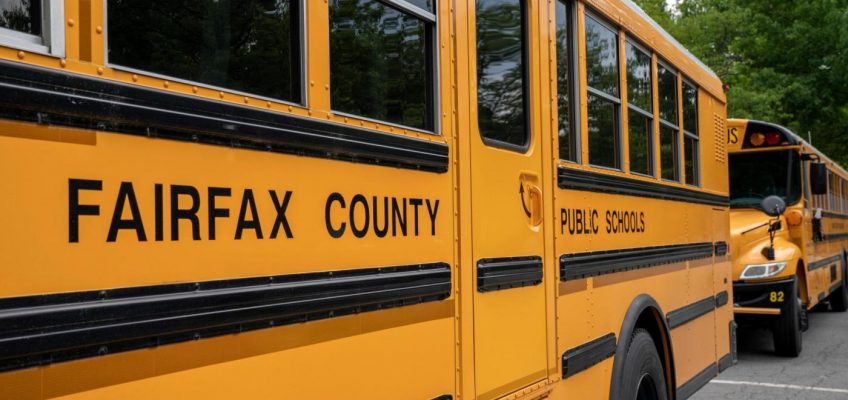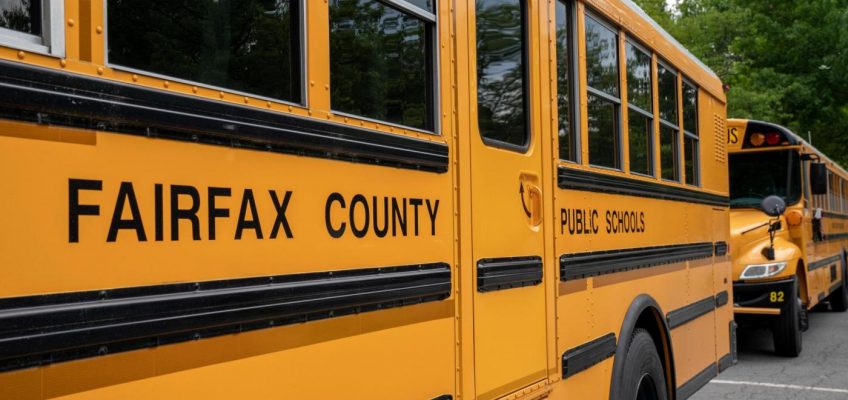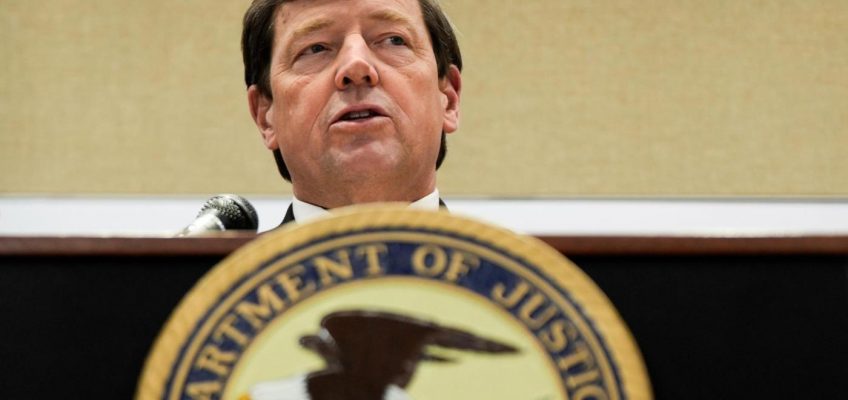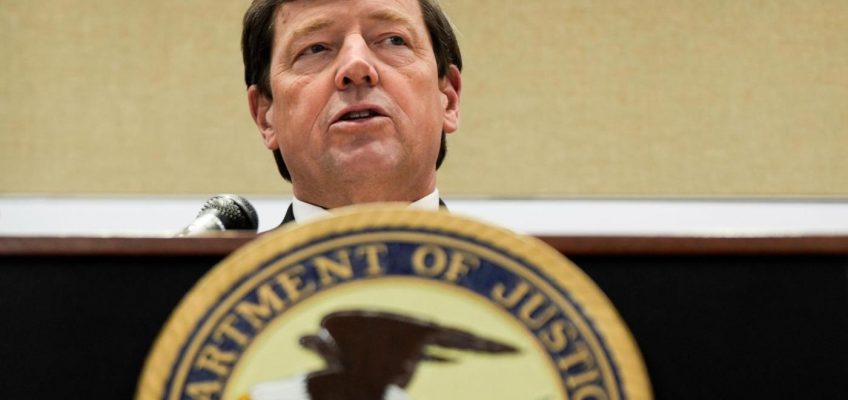By CAROLYN THOMPSON, Associated Press
Three of the nation’s largest public school districts stand to lose $24 million after missing a Trump administration deadline to agree to change policies supporting transgender students, officials said Wednesday.
The U.S. Education Department’s Office for Civil Rights had given New York City Schools, Chicago Public Schools and Fairfax County Public Schools in Virginia until Tuesday to agree to stop giving students access to locker rooms and restrooms corresponding with their gender identity or risk losing funding for specialty magnet schools.
In letters to the districts Sept. 16, the Education Department’s acting assistant secretary for civil rights, Craig Trainor, said the practice violates Title IX, which forbids discrimination based on sex in education. Because the districts did not agree by Tuesday to take remedial action detailed in Trainor’s letters, the department said, Trainor will not certify that they are in compliance with federal civil rights law, making them ineligible for the grants.
Millions in grants at stake
Fairfax County schools will lose $3.4 million in Magnet School Assistance Program funding in the next fiscal year, which begins Oct. 1. About $5.8 million will be withheld from Chicago schools and community school districts in New York City will lose about $15 million, according to the Education Department.
“The Department will not rubber-stamp civil rights compliance for New York, Chicago, and Fairfax while they blatantly discriminate against students based on race and sex,” department spokesperson Julie Hartman said via email. “These are public schools, funded by hardworking American families, and parents have every right to expect an excellent education—not ideological indoctrination masquerading as `inclusive’ policy.’”
Related Articles
Trump snubs Biden with autopen photo on new Presidential Walk of Fame
Trump’s workforce purge batters DC’s job market and leads to rise in homes for sale, report finds
Biden offered health insurance access to DACA immigrants. Trump took it away
Developers say on-again, off-again tariffs are making it difficult to predict prices and kick off projects
Lawmakers and activists call for action after AP reveals US tech role in China’s surveillance state
Additional policies under scrutiny
Along with restricting access to restrooms and locker rooms, the department also demanded that New York City and Chicago schools issue public statements saying they will not allow males to compete in female athletic programs.
Chicago schools were further told to abolish a program that provides remedial academic resources to Black students, which Trainor labeled “textbook racial discrimination.” School officials estimated a total of about $8 million would be lost for initiatives that have expanded staffing, technology and enrichment opportunities like field trips and after-school programming.
Chicago education officials faulted the department for failing to provide evidence that its students were being harmed and said it was acting outside of its own procedures for complaints.
“Our mission, programs, and policies not only meet our obligation to students, but they also plainly comply with the law,” acting general counsel Elizabeth Barton said in the district’s response to Trainor.
The Education Department denied requests from New York City and Chicago for more time to respond to the demands. It was unclear whether Fairfax County schools made such a request. The district did not respond to requests for information.
In his letter to New York City schools, Trainor cited several of the district’s policies, including one saying that transgender students cannot be required to use an alternative facility, such as a single-occupancy bathroom, instead of a regular restroom. That means trans students “are given unqualified access to female intimate spaces,” he wrote.
Each of the districts was told they would lose funding unless they agreed to rescind policies that violate Title IX and adopt “biology-based definitions of the words male and female” in practices relating to Title IX.
“Cutting this funding — which invests in specialized curricula, afterschool education, and summer learning — harms not only the approximately 8,500 students this program currently benefits, but all of our students from underserved communities,” New York City schools said in a statement. “If the federal government pulls this funding, that means canceled courses and shrinking enrichment. That’s a consequence our city can’t afford and our students don’t deserve.”
Attention from New York City mayoral candidates
The topic came up on the campaign trail in New York City’s contentious mayoral election in recent days.
Incumbent Mayor Eric Adams, a Democrat, raised eyebrows when he said at an unrelated news conference that he would like to look into changing the policy if it “is allowing boys and girls to use the same facility at the same time.” The remarks came days after the Trump administration’s letter, though he has insisted they were unrelated.
Adams’ comments were swiftly condemned by the race’s Democratic nominee, Zohran Mamdani, who called them “completely at odds with the values of our city.”
Adams said this week that he would like to change the city’s policy — but also that he did not have the power. The state’s human rights law also allows students to use bathrooms and locker rooms that align with their gender identity.
On Wednesday, Adams’ office said the administration was reviewing options, including litigation.
“The federal government is threatening to defund our children’s education as a tool to change policies it doesn’t like,” City Hall spokesperson Kayla Mamelak Altus said in a statement. “While Mayor Adams may not agree with every rule or policy, we will always stand up to protect critical resources for our city’s 1 million students.”
Associated Press reporter Anthony Izaguirre in Albany, New York, and AP Education Writer Collin Binkley in Washington contributed to this report.




